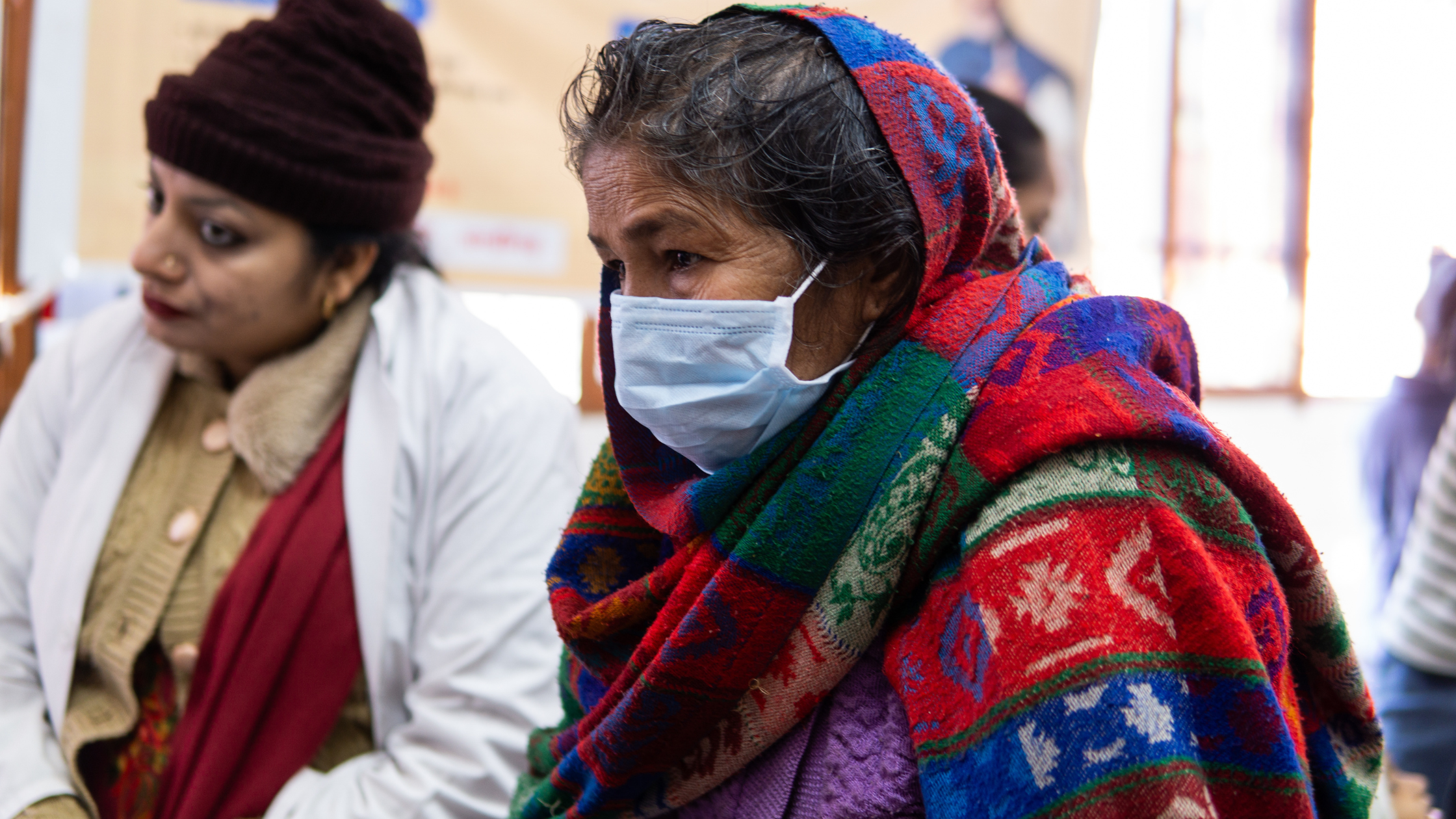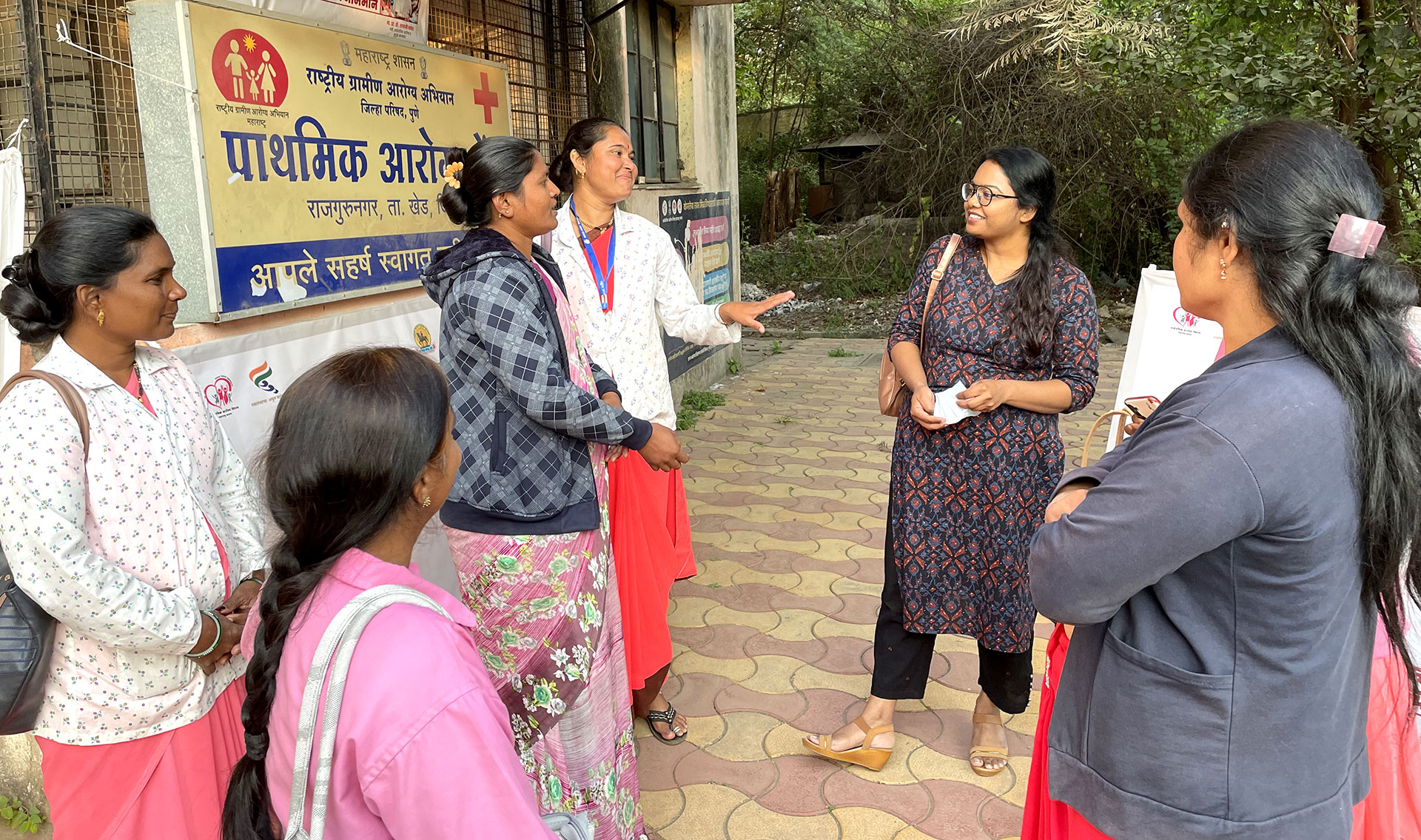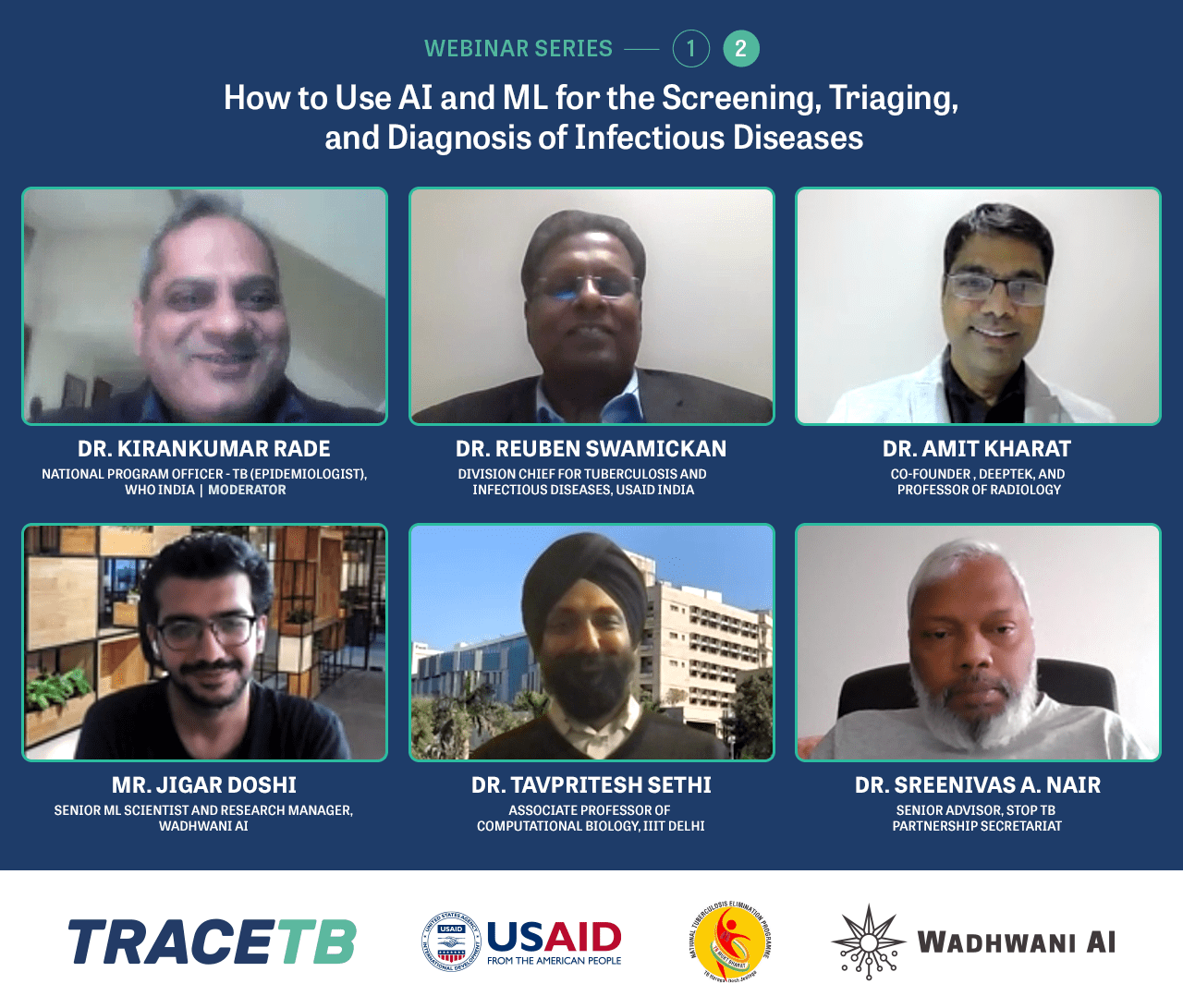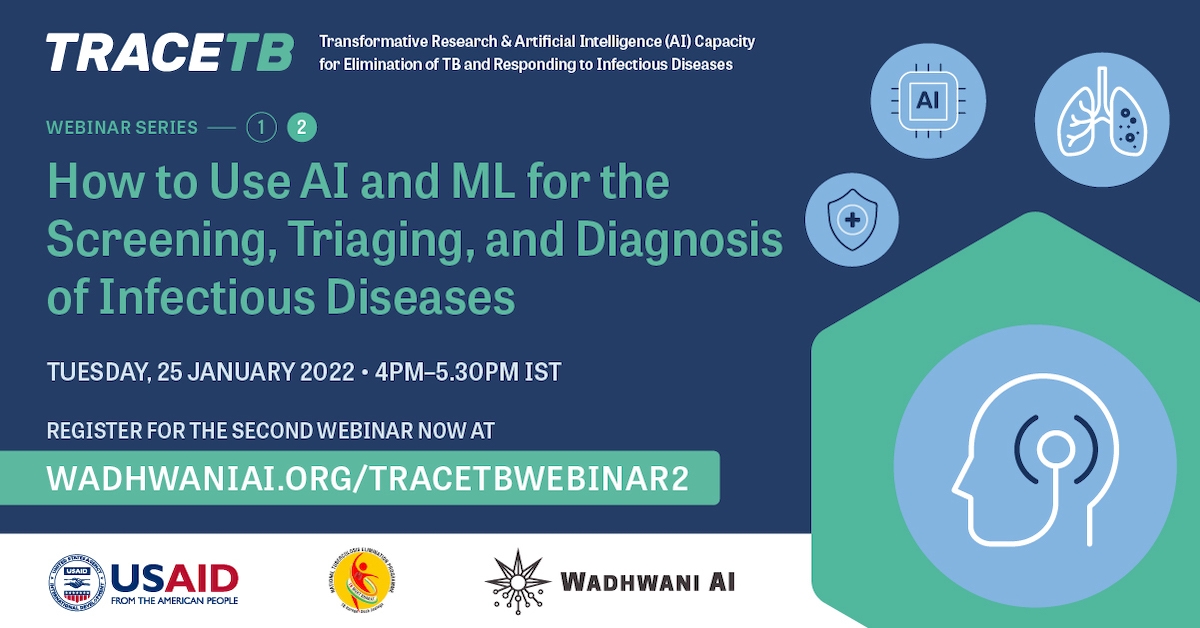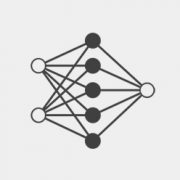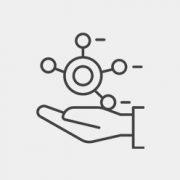“Woh TB vaale aa gaye (Look, the TB people have arrived!).” This is how Dr. Monika Kaura (District TB Officer, Panchkula) and her team of health workers are addressed in different areas of the Panchkula district (Haryana, India) during their field visits for tuberculosis advocacy, communication and mobilisation. This moniker is a testament to the persistent stigma surrounding the disease.
The Persistent Fight Against TB
Loss to Follow-Up (LFU) refers to an extreme form of non-adherence to the prescribed TB treatment, where treatment is interrupted for one or more consecutive months. Early prediction of LFU is of utmost importance, as affected people lost to follow-up may be silent transmitters of TB. These individuals can further develop drug-resistant TB and can amplify the development and spread of drug-resistant TB among their close contacts. With an LFU rate of 2.6% (India TB Report, 2023), this poses a significant challenge to public health. Besides facing a higher risk of developing and amplifying drug-resistant TB, people lost to follow-up may face outcomes such as mortality (4.2% of total) due to inadequate care at the onset of treatment. Additionally, 10-12% of these individuals report back with drug-resistance or as re-treatment cases of drug-sensitive TB.
However, Dr. Kaura—with nearly 20 years of experience in public health—remains undeterred in the face of this public health crisis. Over the past year, she has been diligently training Senior Treatment Supervisors (STS) and Tuberculosis Health Visitors (TBHVs) on using the AI-driven eCLAMP application for following up with high-risk TB patients flagged by the Prediction of Adverse TB Outcomes (PATO) solution, developed by Wadhwani AI, under the guidance of Central TB Division (CTD) and backed by USAID.
The solution has been planned for nationwide integration with the Ni-kshay portal, a web-enabled platform to manage TB patients. It is designed to predict loss to follow-up and mortality (adverse TB outcomes) among individuals currently undergoing TB treatment.
Streamlining Patient Management with AI
The solution provides a readily accessible list of high-risk patients within Dr. Kaura’s jurisdiction, in areas with a high burden of vulnerable populations.
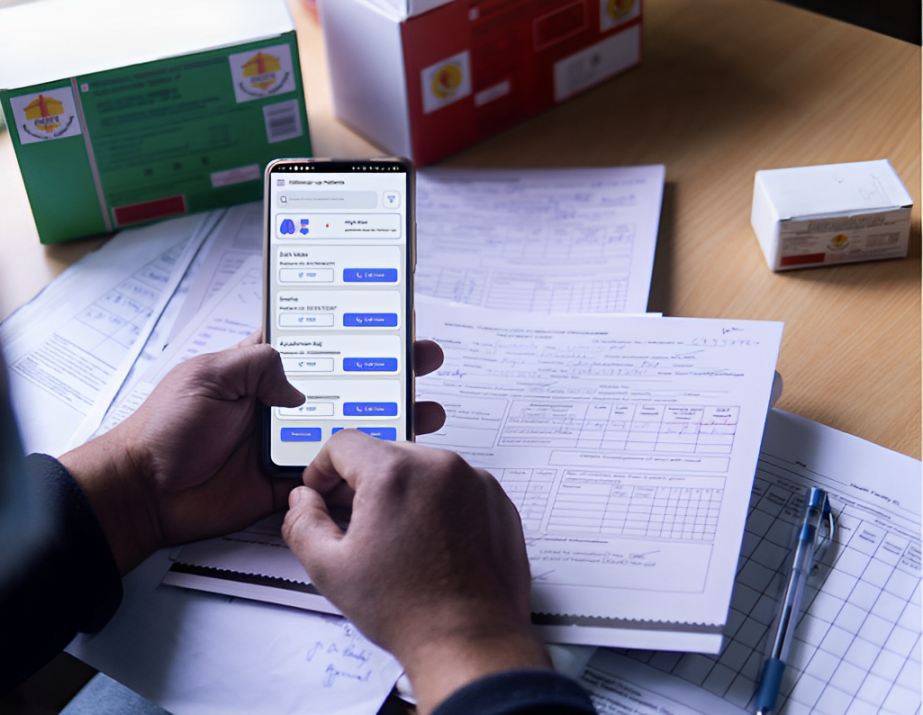
A combination of factors–such as limited access to healthcare, poor living conditions, and overcrowding–create an environment conducive to the spread of the disease in these areas. Moreover, the stigma and discrimination often associated with the disease can discourage people from seeking healthcare services or disclosing their TB status. It is thus paramount to address these issues through targeted community-based interventions, such as improving access to healthcare, increasing awareness, and reducing stigma.
This sentiment echoes across various rungs of the TB elimination programme. “Getting a direct register from Ni-kshay has made our lives easier,” agrees Rabina, a Tuberculosis Health Visitor (TBHV) at the Civil Dispensary in Manimajra, Chandigarh. She demarcates follow-ups in her neatly labeled pink notebook as she continues. “I maintain a list of high-risk patients to follow up with alongside the application just for my satisfaction, but not every TBHV has the bandwidth to do this.”
The app’s integration with data from the Ni-Kshay portal has streamlined identifying high-risk patients and predicting loss-to-follow-up or mortality by providing a line list of such patients to the field staff.
Success Stories from the Field
One of the patients flagged by the portal in Manimajra happens to be Saleha, diagnosed with pulmonary TB. A native of Bihar’s Rohtas district, she contracted TB when her family moved to Chandigarh for her grandson’s treatment in 2023.
Despite being an individual diagnosed with uncontrolled diabetes, Saleha tested negative in January 2024 after 2 months of initiating treatment. “Part of this was made possible by the team of health workers and volunteers at the facility, who relentlessly followed up, given mata ji’s status as a high-risk patient. They ensured that timely treatment and medication were delivered to her. Their care and diligence contributed to her not dropping out of treatment midway,” says her daughter-in-law (*name withheld).
The portal has helped health workers focus on community engagement and education as well. This is epitomized by them counseling families about caregiving abilities for people affected by TB, and proper diets, particularly for vulnerable groups
In alignment with the National TB Elimination Program’s (NTEP) and the Pradhan Mantri TB Mukt Bharat Abhiyaan (PMTBMBA), high-risk patients receive a nutrition kit (Poshan Potli) on the 24th of every month. These kits contain essentials such as jaggery, black-eyed beans, black chickpeas, protein powder, and wheat flour – addressing the nutritional needs of high-risk people affected by TB, with a special focus on adolescent girls and women, including pregnant women who also battle anemia and low hemoglobin levels.
The results are tangible and heartening: Mohini — an Anganwadi Worker (AWW) in Panchkula, has emerged as a TB Champion after successfully recovering from the disease; or take the example of Baby, who triumphed over TB of lymph nodes and went on to become a TB-HV herself. The solution is deployed in 10 states, including Haryana, with state-specific models, user portals, and applications. It has helped facilitate the enrollment of 1,05,258 patients and aided health workers in conducting follow-up activities through 16,000+ combined phone calls and visits as of May 2024.
The Way Forward: Overcoming TB and Focusing on Community Engagement
Amidst this remarkable progress, Dr. Kaura also acknowledges areas for improvement. While the program has embraced digitization, challenges persist as not all health workers can access laptops or phones. Dr. Kaura smiles as she says, “Jung ke maidan mein toh utar gaye hai, haath mein auzaaron ka intezaar hai (We’re already on the battlefield, just awaiting the arms).”
Cases like Saleha’s are the ultimate aim of the solution. “I came out of it despite my comorbidities. I know the disease can be fought with the right kind of support—medical, nutritional, and emotional. People do fear of the disease, but we need to be more forward-looking in our approach and focus on treatment,” Saleha affirms, resilient as ever. To this end, the application stands as a pivotal force, seamlessly linking patients with treatment and offering hope and health to the community.


